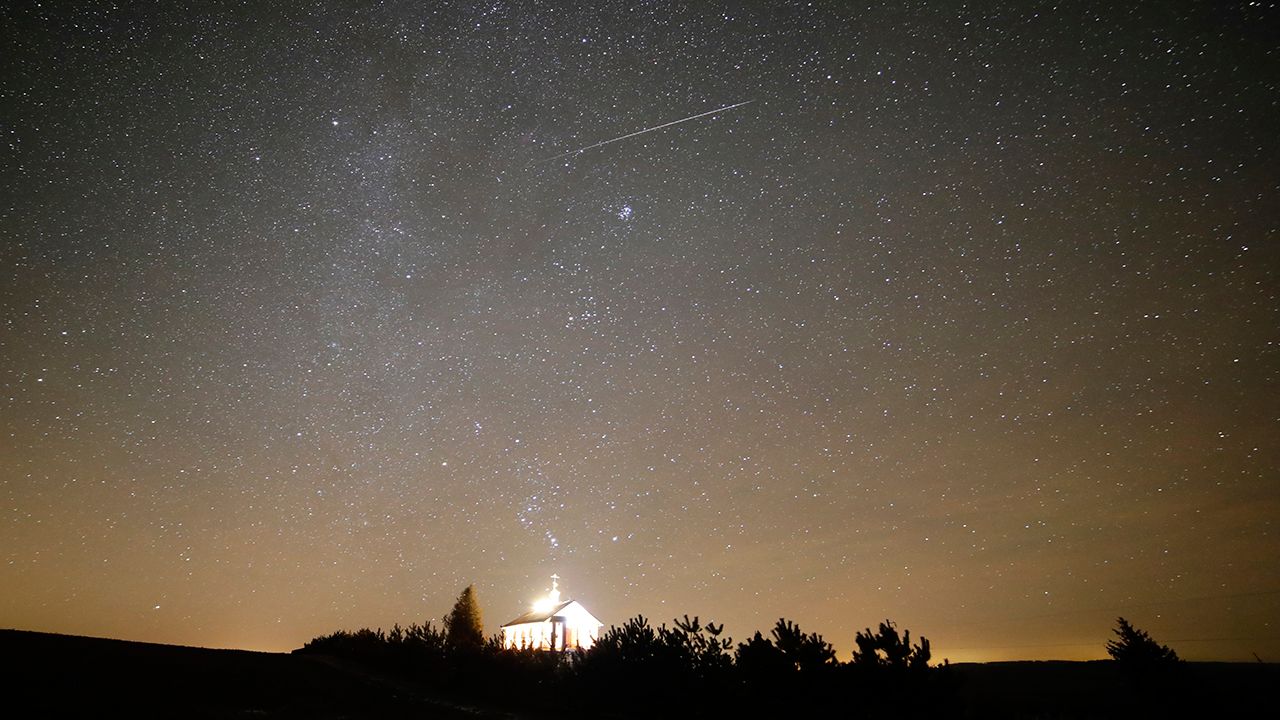Every year, avid sky gazers book their calendar full of events that are sure to have you looking up. And 2024 promises to bring a series of events you don’t want to miss.
North America is set for dozens of potential sky gazing events during 2024. From a pair of eclipses to a brand new comet and several meteor showers, here are the top five astronomical events for North America in 2024.
The most anticipated event of the year across the nation will come in April when the Great American Solar Eclipse will streak across the United States.
On April 8, 2024, the nation will be greeted by the moon passing right in front of our sun, creating a breathtaking experience for those who can reach totality. While the entire nation will enjoy the eclipse, only a few select states will get the joys of totality.
Totality occurs when the moon blocks out the entire sun from view, leading to a darker sky resembling if it were dawn or dusk.
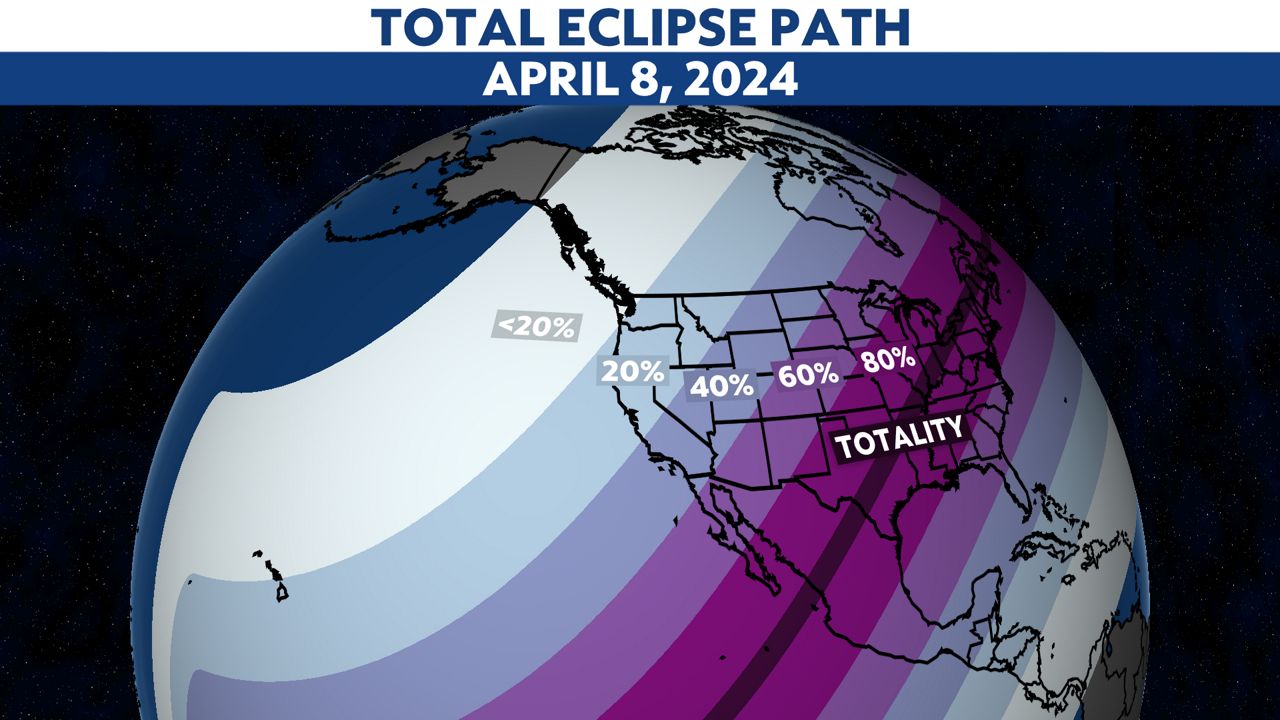
Just prior to totality, another phenomenon known as Baily’s beads will occur. These beads look like distinct balls of light found just on the edge of the moon’s surface as it passes in front of the last bit of the sun.
Baily’s beads are caused by the sun’s light shining through the craters on the surface of the moon and will flicker on and off as the sun passes through the valleys of the moon’s surface.
Totality will be enjoyed by states like Texas, Arkansas, Kentucky, Illinois, Indiana, Ohio, New York and Maine. Totality will last for nearly four and a half minutes in cities across Texas—the longest in the nation.
Just two weeks before the total solar eclipse, the nation will be greeted by an eclipse of a different kind. On March 24-25, 2024, the nation will observe a penumbral lunar eclipse.
Often, during a total lunar eclipse, the moon passes through the inner shadow of Earth, known as Earth’s umbra. During that passage, the moon darkens noticeably, and can produce a unique nighttime effect.
But during a penumbral lunar eclipse, the moon stays out of the inner shadow and only breaches Earth’s outer shadow, known as the penumbra.
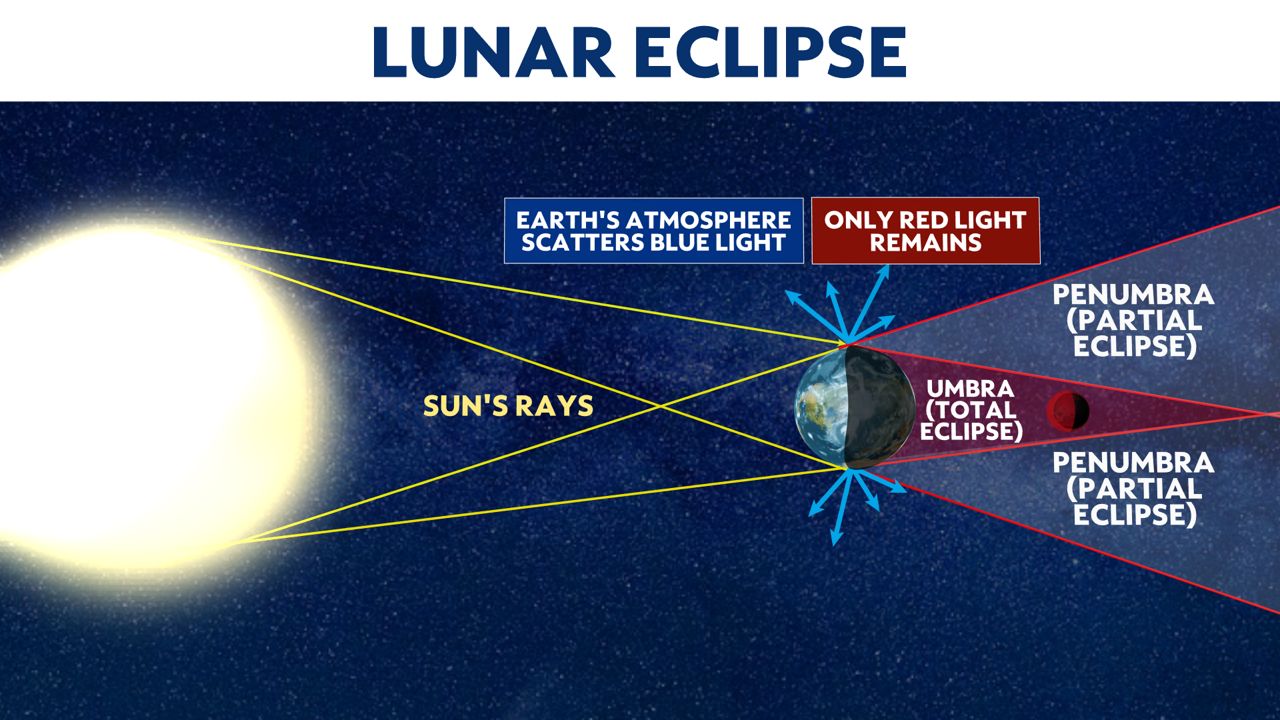
This leads to a less deep and typically less dramatic eclipse. Sometimes it can even be mistaken as a normal Full Moon event versus an actual eclipse.
Regardless, this eclipse will be found nationwide. The best time to view the eclipse will be around maximum eclipse time, when one half of the moon will appear slightly darker than the other half.
A favorite of sky gazers alike, planetary alignment is expected in late June across the nation. This celestial alignment will feature the planets Jupiter, Mars and Saturn along with our Moon.
During this alignment, you can expect to find all the planets and our moon situated near one another in the eastern sky during sunrise.
If you are heading east during your morning commute, you may notice all these celestial bodies shining brightly next to the moon, resembling stars.
Often called the most reliable meteor shower of the year, the Perseid meteor shower will happen in the heart of August. The peak of the shower will occur on the nights of Aug. 12 and 13.
The Perseid shower is caused by Earth’s movement through a debris cloud left behind from the comet Swift-Tuttle, a comet last passed by Earth in 1992.
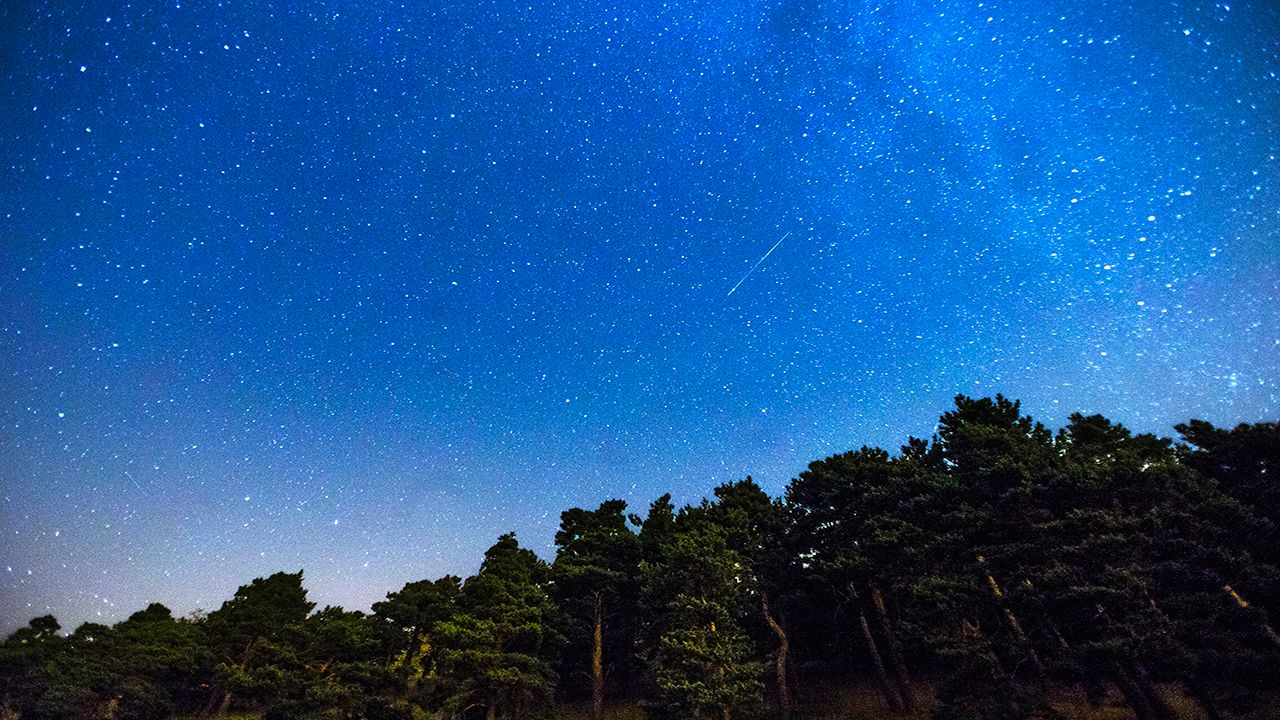
2024 is likely to be a decent year for this shower, as the moon will only be illuminated 50%. This should allow for between 200 to 350 meteors an hour if you can get to a place with no light pollution. For those in cities, expect that number to be closer to 40 to 60 meteors an hour.
While there is a bit of a debate about how big this event may be, October will bring a new comet to the skies of Earth.
Discovered back in Feb. 2023, Comet C/2023 A3 (Tsuchinshan-ATLAS) will make its closest pass to Earth’s Northern Hemisphere during October. The comet will be roughly 44 million miles away from our planet, or roughly 100 million miles closer than our closest neighbor, Mars.
The comet will appear too close to the sun to be seen in early October, but it will get into a better position for observation around and after Oct. 14.
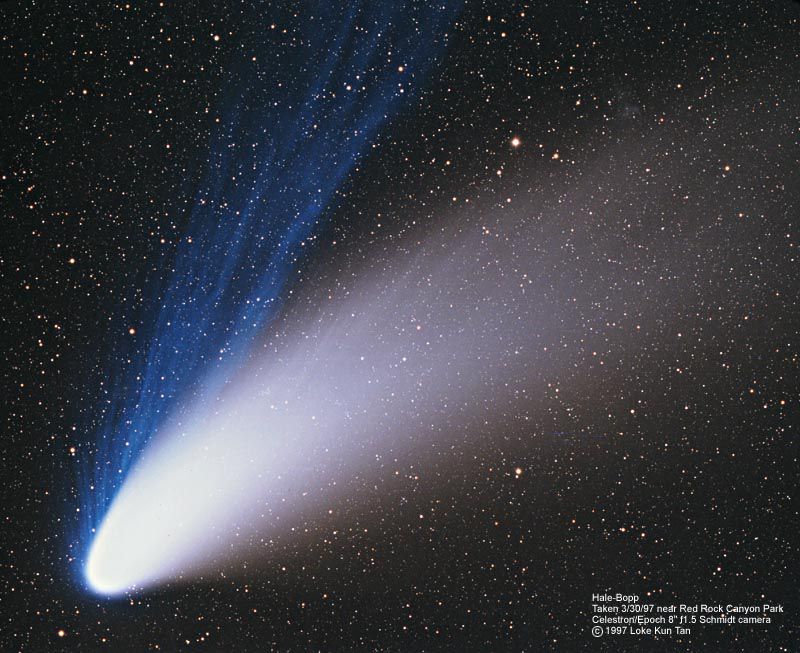
Scientists are still debating how visible the comet could be on Earth, but some scientists believe this could be a very bright passing, outshining some of the brightest stars in our sky during the peak passage.
A few scientists believe it could be the brightest comet in our skies since Comet Hyakutake in 1996 or Comet Hale-Bopp in 1997. Comet Hale-Bopp was the most observed comet in human history.
If these hypotheses prove to be correct, Comet C/2023 A3 could feature a very prominent tail that observers could see with their own eye.
Our team of meteorologists dives deep into the science of weather and breaks down timely weather data and information. To view more weather and climate stories, check out our weather blogs section.



